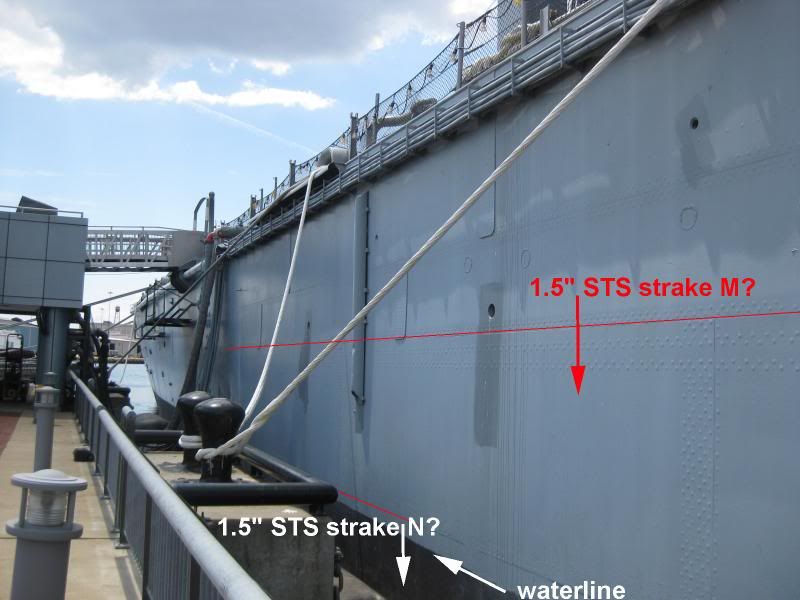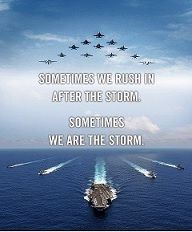Hello WAFF....its been a while
I have a QUESTION on the Iowas 1.5" STS outer belt plate...
someone wrote....
"strakes M-N at waterline were 1.5" STS to act as torpedo trigger"
My question is how much of the plate actually extends below the waterline as torpedoes average a +/-10 foot running depth, I would think at least that much, if not more extended below the WL....and at an average STS plate height of about 10 feet....maybe a 20+ foot height (2 strakes M-N) is possible ? (see pic below)
Anybody know the actual height of 1.5" STS belt ? and could it actually act as torpedo trigger?

I have a QUESTION on the Iowas 1.5" STS outer belt plate...
someone wrote....
"strakes M-N at waterline were 1.5" STS to act as torpedo trigger"
My question is how much of the plate actually extends below the waterline as torpedoes average a +/-10 foot running depth, I would think at least that much, if not more extended below the WL....and at an average STS plate height of about 10 feet....maybe a 20+ foot height (2 strakes M-N) is possible ? (see pic below)
Anybody know the actual height of 1.5" STS belt ? and could it actually act as torpedo trigger?



Comment